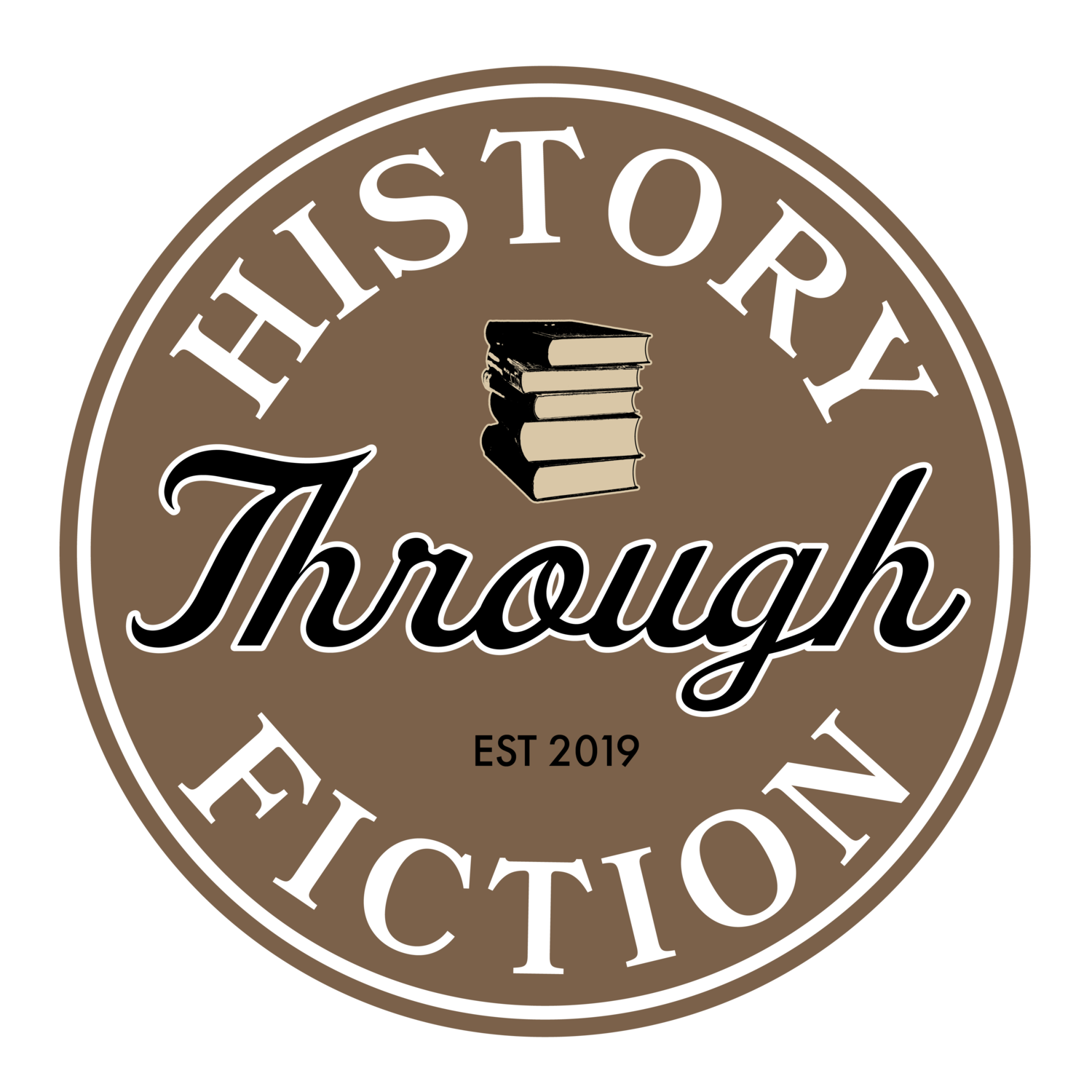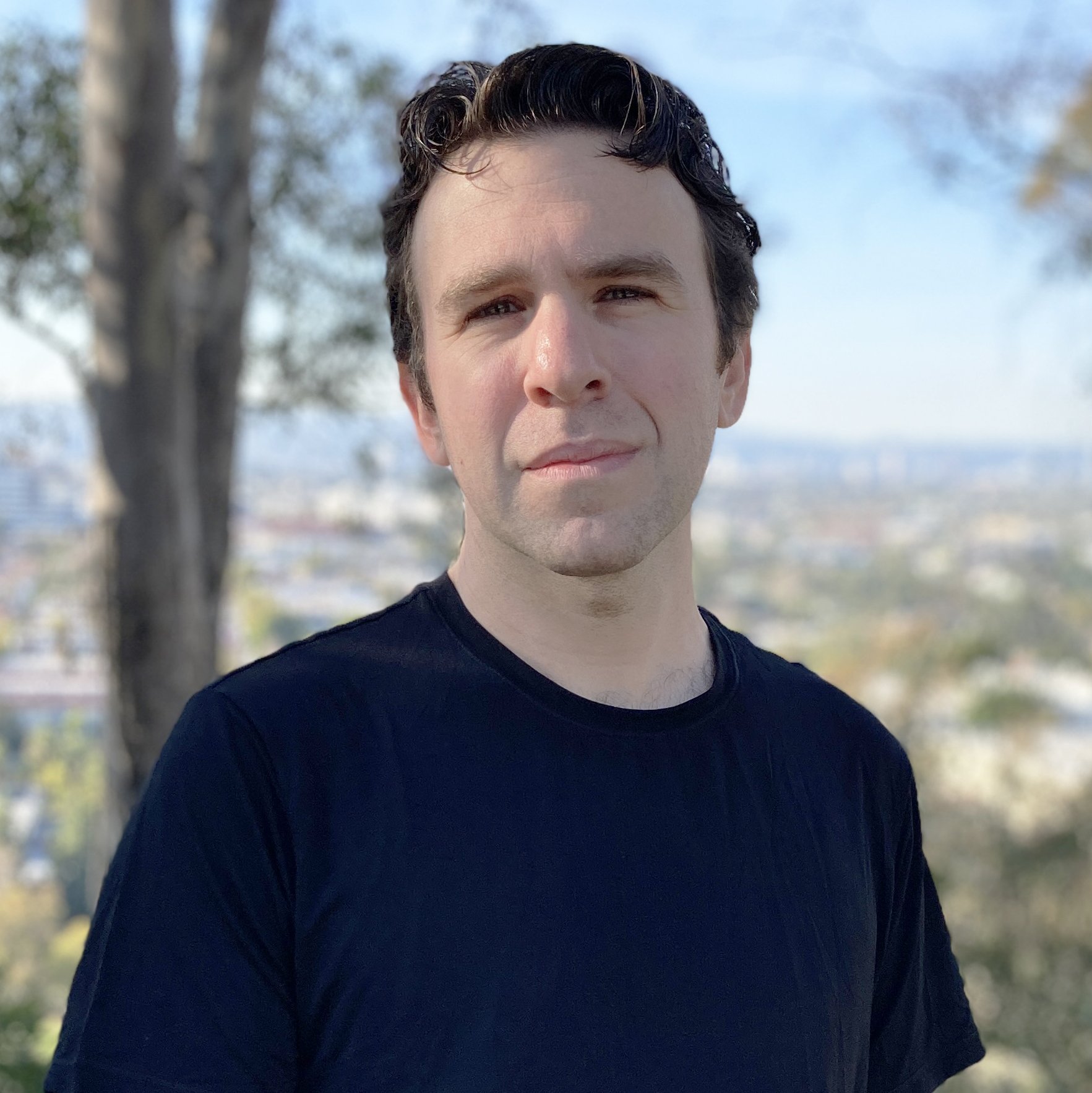Turning History Into Fiction: Bringing the 1492 Expulsion of the Jews from Spain to Life
Author Eric Weintraub brainstorming an idea for a novel about the 1492 Expulsion over tea at a coffee shop in Granada's Realejo neighborhood. He wouldn't start writing the novel for another three years.
A Blog Post by Eric Z. Weintraub
I first learned about the 1492 Expulsion of the Jews from Spain when I visited Granada in 2016. I learned the Expulsion was a major historical event where Queen Isabella and King Ferdinand, having succeeded in their decade-long quest to conquer the Iberian Peninsula, expelled all the Jews (and later Muslims) in order to build a Christian kingdom. The event gave birth to the Sephardic diaspora that exists to this day.
Despite the event’s significance, I’d never heard of the Expulsion before visiting Spain. I immediately became curious to know more. “What happened?” I wondered. “Where did the banished Jews go?” Most important to me, “Who were they?”
I began to research the Expulsion, but found no firsthand accounts from the generation of Jews who were expelled. History books provided answers for what happened during the Expulsion and where the banished Jews left to, but the human stories were lost to history.
I soon realized that the question of “Who were they” was uniquely suited to literature, as fiction is adept at exploring the human condition the way history books are skilled at providing facts and timelines. By retelling the 1492 Expulsion in the form of a novel, I could portray who the expelled Jews of Spain were and fill in the missing gaps of history.
The premise for South of Sepharad was born.
Researching Widely
Since I could not research the people, I turned to the most authoritative history books I could find on the topic to fill in as many facts as possible. I read History of a Tragedy: The Expulsion of the Jews from Spain by Joseph Pérez, Spain’s Centuries of Crisis: 1300 - 1474 by Teofilo Ruiz, The Ornament of the World by María Rosa Menocal, and many more in my desire to understand the Expulsion.
Some of the books Weintraub consulted while doing research for his novel.
I spent time in Granada to get the lay of the land and take in the sensory details as my characters might have experienced them. Nothing remains of Granada’s Jewish Quarter, but I explored parts of the city that existed in 1492 and now. These included many places mentioned by name in the novel, including the Alhambra Palace, Puerta de Elvira, Plaza Bib Rambla, the Albayzín, and sections of the original medieval wall that still stand in Granada’s Sacromonte neighborhood. I also traveled from Granada to Málaga to encounter the landscape my characters traversed by foot to escape Spain.
In addition to the Expulsion, I researched the Spanish Inquisition, Jewish customs of medieval Spain, how people lived in the 1400s, what they cooked, what they wore, what their homes looked like, and more. The main character of South of Sepharad is a physician, so I learned how medicine was practiced in 1400s Spain as well. Medieval Medicine: The Art of Healing, from Head to Toe by Luke E. Demaitre proved to be my most trusted source in this latter topic.
Writing Beyond the Facts
Some facts were impossible to find. For example, there is no record of 200 Jews leaving Granada for Fez, as occurs in the novel. This plot point was an act of invention. Yet, because research helped me build the world of the novel, it became easier to make educated guesses about character behavior when needed. In this instance, I assumed that if everyone from Granada was expelled at the same time, they’d likely practice safety in numbers and leave together toward a common destination.
In the end, I doubt it’ll ever be possible to answer, “Who were they?” with certainty. Too much time has passed and it’s impossible to know without recorded testimony. But my hope is that South of Sepharad can shed a little light on the experience the Jews of Spain endured, and the thoughts, desires, and fears they held along the way. I feel I have a better understanding of what these people might have gone through after writing this novel and my hope is that readers may feel the same.
About the Author
Eric Z. Weintraub earned an MFA in Creative Writing from Mount St. Mary’s University where he wrote his debut novel South of Sepharad. Growing up in Los Angeles, CA, he came from a family of filmmakers, writers, and educators stirring in him a passion for storytelling from a young age. His short fiction has appeared in Tabula Rasa Review, Halfway Down the Stairs, The Rush, and elsewhere. His novella Dreams of an American Exile won the 2015 Plaza Literary Prize and was published by Black Hill Press. His short story collection The 28th Parallel was a finalist for the 2021 Flannery O’Connor Award in Short Fiction. When not writing fiction, Eric profiles true stories of complex medical cases where he works at the Keck School of Medicine of USC.




